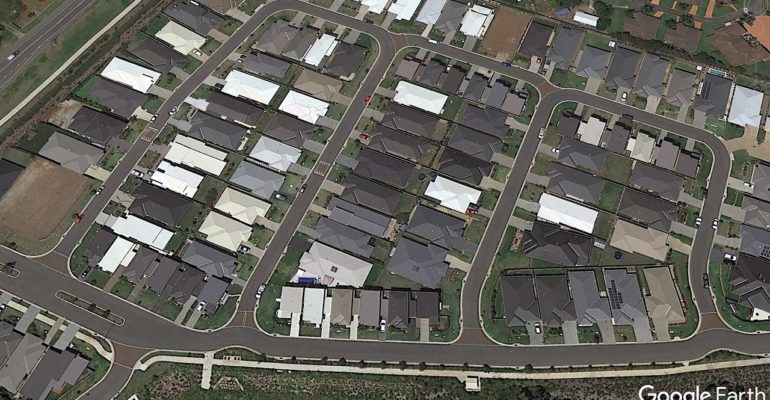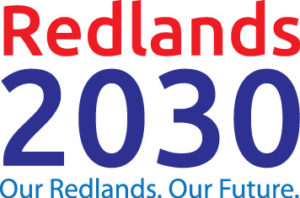
The Queensland Government is currently preparing a Redland Housing Supply and Diversity Strategy which it expects to issue for public consultation in late 2023.
To “help shape the development of the strategy” community input was sought by the Government in June 2023.
Redlands2030’s comments to the Government in July 2023 are now published below.
Redlands2030 comments on Redland Housing Supply and Diversity Strategy

Introduction
The State Government has determined that it is going to prepare a new Redland Housing Supply and Diversity Strategy. To assist the State Government in preparing this plan, Redlands2030 makes the following points.
Population Growth
Population growth projections to 2046 released recently by the State Government show that Redland City’s population is expected to grow more slowly than the growth rate of all other local government areas in south east Queensland.
This is not surprising. Redland City does not have much capacity to generate additional employment due to land planning decisions over the past two decades which have seen good quality agricultural land converted into housing estates. Very little suitable land has been reserved for employment generating new industrial or commercial activities.
Indeed, the local council has struggled to find suitable land for sporting fields to service current demands for new sporting facilities.
Other infrastructure deficits worthy of note include access to sewerage. The southern Moreton Bay islands are not sewered with homes having to use septic systems. This is a limit to growth.
Amazingly, the local council approved a 4,000 dwelling housing project in southern Redlands (Shoreline) without first requiring plans for providing this housing estate with sewerage. At present, sewerage is being trucked away from holding tanks. And we are in the 21st Century.
For the last few years Redland City has achieved the dubious distinction of having the highest council rates and charges and water costs in south east Queensland.
So, people contemplating a move to the Redlands are faced with limited employment opportunities, inadequate community/infrastructure facilities and the highest rates and charges in south east Queensland. It’s not surprising that the population growth rate is lower than elsewhere in the region.
The main attraction of living in the Redlands has been its less busy lifestyle and the natural environment including Moreton Bay. It’s a great place for retired folk who don’t play much sport. This may explain why the average age of Redlands folk is noticeably higher than in other parts of south east Queensland.
Densification
If more people must be accommodated in the Redlands, then the most sensible place for this to happen is through slightly increased density on land close to major centres especially Capalaba which is closer to Brisbane than other centres such as Cleveland and Victoria Point.
With careful planning, the Capalaba shopping centres and environs could be transformed into a thriving population centre with new medium to high rise apartments comprising a mix of social (state funded) accommodation and private sector development.
This densification should be supported with some new community infrastructure such as parks, indoor sports venues and perhaps a new swimming pool. Redland City’s only 50 meter swimming pool at Cleveland is long overdue for major refurbishment.
With increased densification at Capalaba, it would finally make sense for planning an improved public transport link from Capalaba to Brisbane the Eastern Busway.
It is unlikely that densification at Capalaba will occur without significant impetus, assistance and funding from the State Government.
Transformation of the Redlands dwelling stock
The Redlands Housing Strategy should consider how the City’s dwellings may need to change over time and how to facilitate necessary change. Two change drivers are discussed below.
Adapting to deal with climate change risks
It is now beyond doubt that our climate is changing rapidly due to fossil fuel induced global warming.
We can expect higher temperatures and more heatwaves. Of particular relevance to coastal areas, we can expect increased risk of severe cyclonic activity.
So, the Redlands Housing Supply and Diversity Strategy should consider the extent to which the current Redlands dwelling stock is sufficiently resilient to withstand the increasing risks posed by climate change over the next few decades. Opportunities for ‘stitch in time’ works should be identified together with strategies for facilitating these works.
Building design standards will probably need to be improved to ensure that our homes will be fit for use in future years. An important part of the strategy is considering the need for vegetation in urban areas to avoid ‘heat island’ effect.
While some planning has already been done to plan for rising sea levels this work should be extended and include some scenarios for higher sea levels than the State Government’s current planning requirements.
Adapting to deal with changing demographics
As noted earlier, the Redlands population is on average a bit older than the population of local government areas in other parts of south east Queensland.
It would make a whole lot of sense to understand the changing needs of an aging population and facilitate changes in the dwelling stock to suit this change process.
By doing this, Redlands could lead the way by doing work that other local government areas with younger population demographics will need to follow in years to come.
This adaptation strategy should consider issues such as making dwellings more accessible and convenient for aging people. It should also consider where aging people may prefer to live.
Home downsizing, granny flats, retirement homes and aged care facilities are all part of the mix that will cater for the City’s future housing needs.
Of course, land use planning and housing should embrace longer timeframes that will see the current boom in the aging population replaced by younger generations. Housing location and design should accommodate this, to ensure that housing focussed on the aged does not have a limited usefulness.
Biodiversity considerations
Presumably, the State Government is primarily interested at present in a human housing strategy.
But it is important to note that any development of new housing should not adversely affect the natural environment and biodiversity.
It is well understood that the population of koalas in south east Queensland has undergone a catastrophic decline over the past few decades. This is mainly due to loss of habitat caused by housing and related development.
Koalas are an iconic species and they are reasonably easy to observe (if they exist). But the same factors diminishing the koala population are likely to be impacting on other wildlife species.
So, the Redlands Housing Strategy must deal with past, present and future impacts of housing sprawl on our natural environment and chart a course that can be described as genuinely sustainable.
Redlands2030 – 24 September 2023
Redland2030’s comments about the Redland Housing Supply and Diversity Strategy were dated 3 July 2023.
Please note: Offensive or off-topic comments will be deleted. If offended by any published comment please email thereporter@redlands2030.net